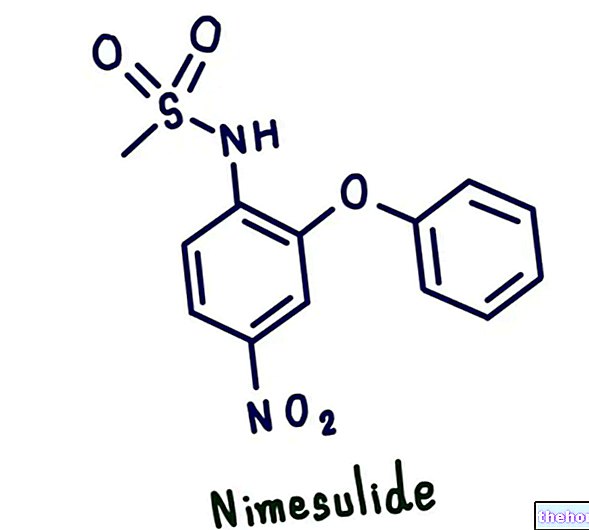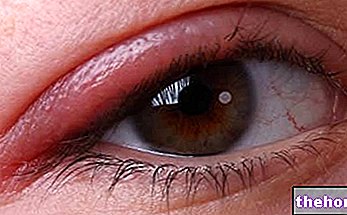Before moving on to pharmacodynamics it is necessary to mention some other pharmacokinetic parameters which are:
- Volume of distribution (Vd)
- Renal clearance (Cl)
- Half-life (T / 2)
- [conc.] plasma at steady state (Css)
- Area under the plasma [conc.] Curve - Time
- Therapeutic margin or therapeutic index
Now we will explain the concepts of area under the plasma [conc] curve - Time, half-life, plasma concentration at steady state and therapeutic margin.
AREA UNDER THE CURVE [CONC] PLASMATICS - TIME (AUC)
-plasmatica---tempo.jpg)
The graph on the side illustrates the development of a drug in our body. The blue line represents the evolution of the drug activity in our body, while the yellow line represents the minimum response level. If the drug does not reach this level therefore it would not perform any activity. As you can see, at time (T1) the drug is administered, so you have to wait until T2 for it to start producing a therapeutic effect. With the reaching of point T2 you begin to see the first effects produced by the medication after taking. The period between T1 and T2 is called LATENCY.
Once T2 is reached, the drug begins its action reaching the maximum efficacy peak (T3), which then decreases to the T4 point. This range from T2 to T4 is called MAXIMUM PEAK REACH. At this point the drug loses all its effectiveness going below the minimum response level, so it should be eliminated. We can therefore summarize by saying that the DURATION D "ACTION OF THE DRUG is represented by the" interval T2-T4.
Other articles on "Area under the plasma (concentration) curve - time"
- Biliary clearance and excretion
- Half-life of a drug, plasma half-life




























